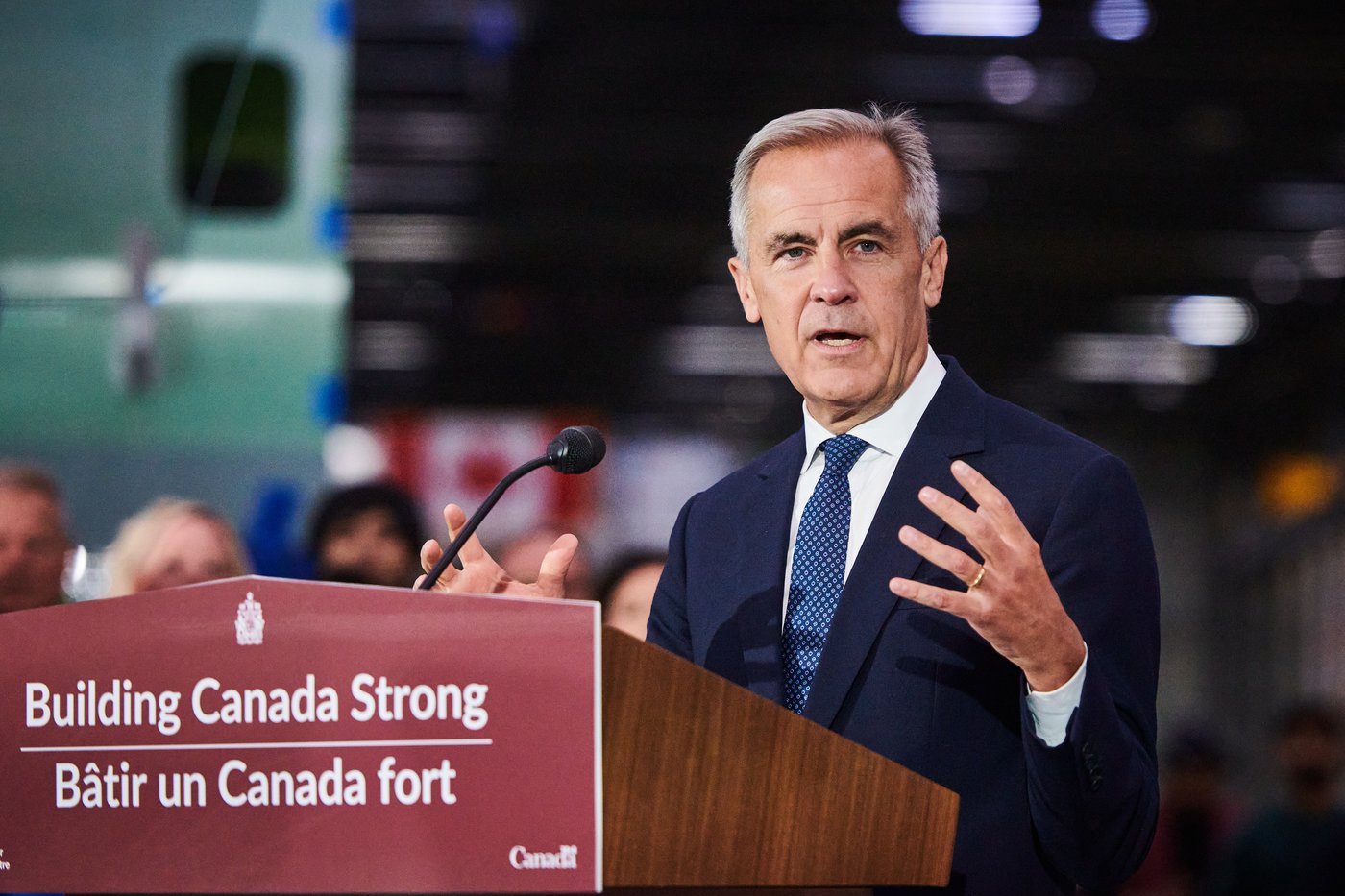Whiteout conditions, lack of regulations contributed to fatal 2021 helicopter crash in Nunavut, TSB says

The Transportation Safety Board of Canada (TSB) says insufficient regulatory requirements for flying in low visibility contributed to a fatal helicopter crash in Nunavut in 2021.
The crash, which happened near Resolute Bay, killed three people.
On Thursday, the TSB — an agency that regularly investigates air, marine, pipeline and rail accidents — released a report stating the featureless terrain and snow squalls likely resulted in the pilot losing visual reference to the horizon, and they were ill-equipped to recover from the situation.
Kathy Fox, the TSB chair, issued four recommendations to prevent future incidents, including providing proper training and technology to pilots when flying in reduced visibility.
“We’ve been calling on these measures for 30 years,” she said.
She said the current system for flying in those conditions, referred to as “inadvertent flight into instrument meteorological conditions” or “inadvertent IMC” is avoid at all costs. That’s not realistic, she said, considering it is “inadvertent” and when a pilot finds themselves in the situation, like in 2021, they are often unfit to navigate it.
Wildlife biologist Markus Dyck, pilot Steven Page and helicopter engineer Benton Davie all died in the crash.
They were on their way to survey the Lancaster Sound polar bear population and flying in an AS350-B2 with Great Slave Helicopters, a Yellowknife-based company.
Daryl Collins, investigator-in-charge, explained the conditions of the day.
He said the helicopter reached its highest elevation on Griffith Island, about 22 kilometres from Resolute Bay.
The uniformly snow-covered and featureless terrain, overcast sky and snow squalls created a “flat light and whiteout conditions.”
Collins said this led to the unexpected loss of visual reference of the horizon. While the pilot likely attempted to manoeuvre the helicopter, there was an unintentional descent which resulted in the helicopter crashing into the terrain.
Fox said the pilot was ill-equipped to handle these conditions.
She said there are no regulatory requirements for commercial helicopter operators to ensure that pilots have the technology and the training required to be able to recover from this type of low visibility.
The report said that following the accident, Great Slave Helicopters brought in a number of safety changes. They changed their standard operating procedures, updated their pilot training and established quarterly safety management meetings.
The recommendations
The four recommendations issued by the TSB include requiring commercial helicopter operators to make sure pilots have the skills to recover from inadvertent flight into IMC.
Fox also recommended the federal government require commercial helicopter operators to install technology to help pilots avoid and recover from IMC.
Fox said there are some private operators who already enforce these technology and training requirements without the regulations.
“It’s the right thing to do and it improves the safety of their operations, but many won’t because they’re not required to,” she said.
She said by making it a requirement, that levels the playing field for operators and enforcing operators to purchase the equipment and, in time, will lower the cost of it.
She also recommended private and commercial operators develop standard operating procedures for single-pilot operations to help pilots make decisions.
The final recommendation is aimed at changing regulations that allow some helicopter operators to fly in reduced visibility and areas where there is no air traffic control. It suggests stricter regulations to make sure pilots are protected against accidents like these.
Not a new issue
Fox said there have been 13 investigations involving commercial helicopter flights losing “spatial awareness” between 2010 and 2018.
She said the TSB has issued 10 recommendations to Transport Canada aimed at preventing these accidents.
Fox said helicopters are twice as likely to be involved in an accident from loss of visual reference, compared to airplanes. Despite that, the requirements for helicopters are “less stringent.”
“These differences permit helicopters to operate at half the visibility applicable to airplanes, but without the same level of defences.”
The federal minister of transportation has 90 days to respond to the recommendations.



